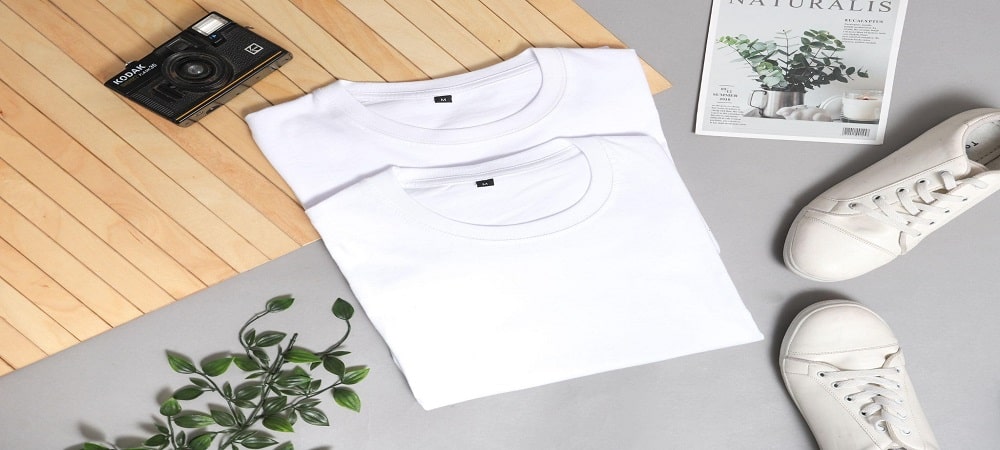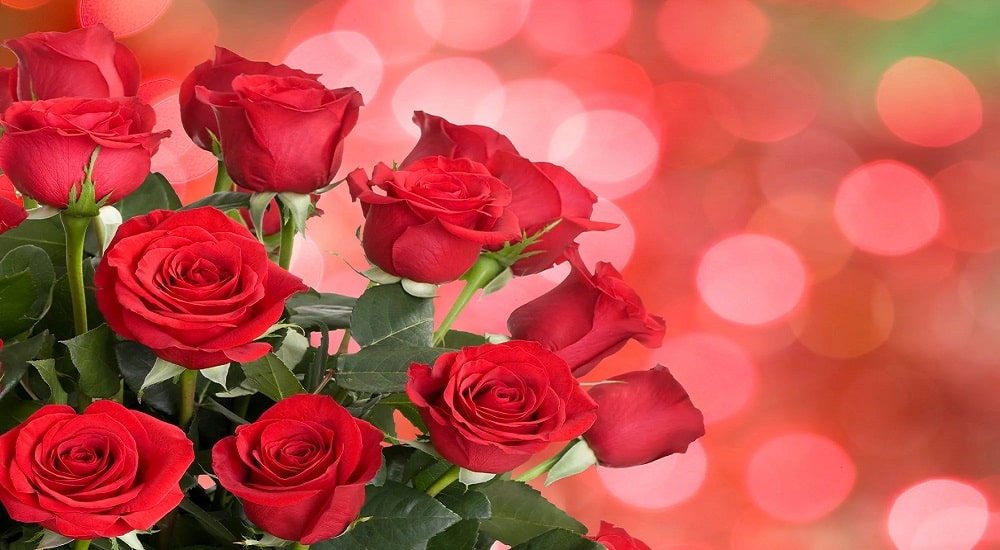Nothing can be as iconic as a plain shirt in the fashion industry. It cemented its mainstay in the current scene and became a staple for the masses because of its timelessness. A white tee cannot be associated with any social class or gender because it applies to anyone.
It is a blank canvas – both open for interpretation and seen as it is.
When you are late for work, just grab a white tee, and you are good to go. It works whether you pair it with chinos or blue jeans. It is a timeless piece because the possibilities of styling a plain tee are limitless. You can dress it up or down and still make it fit. However, you should still understand that there are different fits and styles.
History of the Plain Shirt
It was invented in the 1800s by William Cotton, who is also the inventor of the first industrial knitting machine. Primarily worn as an undergarment, comfortable clothing became rampant in the same era. With lower wages, the white tee became an instant staple.
As an Underwear
In the 1900s, the Hanes company started selling their two-piece undergarment, including the white tee. Many clothing companies followed suit. Fruit of the Loom is the most notable in the early years. Mind that it is a form of underwear, meaning that wearing it outside is deemed provocative.
In the Military
The military utilized plain shirts as a uniform because of their breathability and convenient production. In the 1910s, the U.S. Navy used its efficiency to deploy marine corps in service with the white tee. However, the plain shirt became popular outside the army.
By the 1950s, several businesses in Miami had started experimenting with clothing embellishment. It was still far away from the multi-billion dollar t-shirt printing industry that would eventually emerge.
With his “Do it with Dewey” campaign, Republican presidential candidate Thomas E. Dewey may have invented the first-ever slogan t-shirt, which birthed the current political campaign strategy of today.
In Pop Culture
During the 1950s, “The Golden Age” of Hollywood movies has seen a rise in white-tee usage for main protagonists. Marlon Brando sported a plain-fitted tee in 1951’s “A Streetcar Named Desire,” and James Dean became an instant style icon in 1955’s “Rebel Without a Cause.” Until today, the white tee and jeans combination resembled Dean.
In the process, the tee also became a symbol of post-war rebellion embodied by the earlier-mentioned films. After it became popular with young people in the 60s, it represented anti-establishment protests, as early hippies engaged in peaceful rallies.
In the 1980s, most icons dressed in plain shirts, from Nirvana frontman Kurt Cobain to Grease actor John Travolta. The white tee established its stay in popular culture and will continue to do so in the emerging fashion scene.
In the Current Age
Changes exist in the modern plain shirt, yet stylists preserve its original silhouette. From designers to streetwear, the white tee became popular in the contemporary style. It is also evident that the masses are moving to the minimal approach toward clothing. In that case, plain shirts are still king. They provide the necessary work in the best – yet simple possible sense.
T-shirts were an ineffective communication tool back in the 1970s. Even though the rise in the popularity of shirt printing started in the 1950s and 1960s, all praise should go to the punk movement for making graphic tees famous. T-shirt activism took off during the Vietnam War protests and the rising popularity of rock band logos.
Trajectory
White shirts are here to stay. There is no doubt that people are still fascinated with a classic look. Adding a simple twist to white shirts from time to time became the logical approach to modern menswear. It is essential to create a wardrobe based on the basic garments alone that allow you to maximize it by mixing and matching. Blank tees will never go out of style and will continue to thrive for the years to come.
In addition, the virality of graphic shirts became distinct and often landed towards art and politics. Spreading a message through clothing communicates to people in another medium. The maintained transition of ambiguity to minimalism can create a structured idea of protest culture.
Key Takeaway
The flexibility of plain shirts offers millions of possibilities for wearing them. Minimal updates elevate the shape of the basic tee, but the timeless piece of the fitted tee is still a much-needed staple, regardless of your status, gender, or class.





